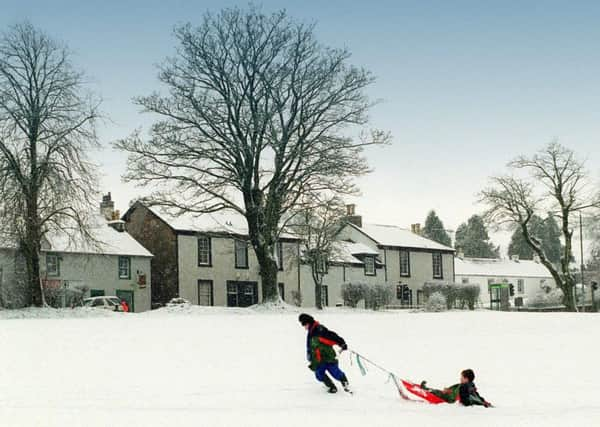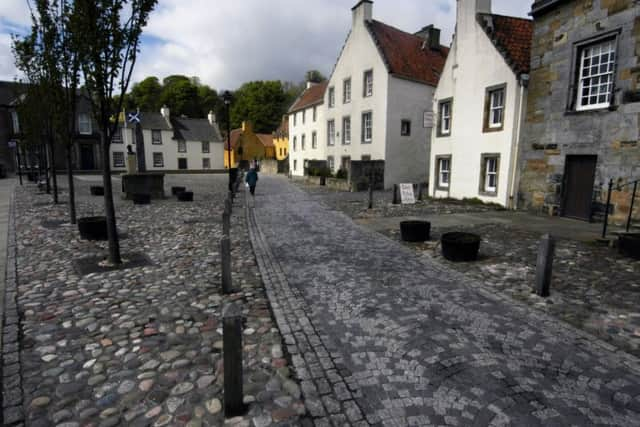Conservation areas: 50 years of protecting Scotland's built heritage


But Eaglesham could have looked very different if a local campaign to protect its unique heritage had not been successful. In 1968 the village became the very first conservation area north of the border, taking advantage of the radical Civic Amenities Act passed the year before.
Now, 50 years on from its foundation, the Scottish Civic Trust is celebrating the role conservation areas have played in protecting the country’s built heritage.
Advertisement
Hide AdAdvertisement
Hide AdThere are now more than 660 conservation areas in Scotland, ranging from famous examples such as Culross, to lesser known gems like Arnothill in Falkirk or Kirktonhill in Dumbarton.


“The greatest achievement of the Civic Amenities Act was the creation of conservation areas which exist to this day,” John Pelan, director of the Scottish Civic Trust, told The Scotsman.
“They are now defined in Scotland, according to the subsequent legislation of 1997, as ‘areas of special architectural or historic interest, the character or appearance of which it is desirable to preserve or enhance’.”
Historic properties might now be highly prized but that wasn’t always the case. In the post-war era, the UK was facing both a housing shortage and a massive repair bill for bomb damage.


“There was a rush for new buildings,” added Pelan. “Many older properties were being demolished needlessly. That led to something of a backlash - there was a feeling that something was being lost that would be impossible to replace.”
He continued: “Both the original act and the establishment of the Scottish Civic Trust happened against a background of neglect and, increasingly, destruction of the historic environment, driven at times with modernist fervour.
“The pace of new developments, in particular housing, was seen by the nascent conservation movement as a juggernaut that needed to be decelerated.”
Advertisement
Hide AdAdvertisement
Hide AdPelan believes the 1967 act helped “stop the rot”. But it was too late for places like Charing Cross in Glasgow, where plans had already been approved to build a motorway through the heart of the city.
So what’s the advantage of a conservation area?
For one, it ensures that new developments must be in-keeping with the established locality. Aesthetic features such as doors and windows are also regulated. Above all, it’s a legislative guarantee the area will be protected for future generations to enjoy.
The role of conservation areas will be debated at a conference on November 27 in Glasgow’s Trades Hall. While an undoubted success, Pelan believes their future is far from secure.
He added: “In Scotland, heritage management capacity within local authorities appears to be decreasing which, along with a drive to build more houses and speed up planning processes, is putting heritage under serious threat.
“Some local authorities have no conservation officer in post, others are accused of approving too many piecemeal inappropriate developments which erode the character of conservation areas, while others seem to be gung-ho in their approach.
“We have seen the controversy around the proposal to demolish the Category B Perth City Hall, which sits within Perth Central Conservation Area.”
